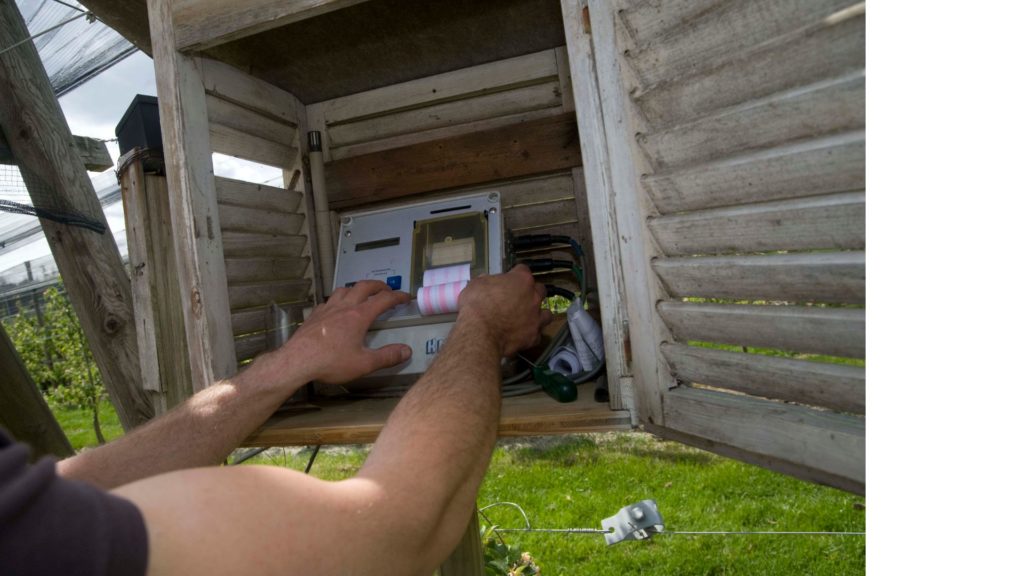
Citizen science in a context of change
Doubtlessly, we live in times of change, and global environmental changes manifest themselves also at the local level. For example, in the climate emergency or the biodiversity crisis, with a whole gang of derivatives that flood the mass media every day, such as forest fires here and everywhere, floods and beach regression, the pollinator crisis, expanding biological invasions, and the spread of tropical diseases, among many others. There are significant socio-economic changes too, such as the globalisation of the economy and society, technological changes, the emergence of the phenomenon of social networks and the questioning of the established social order with the emergence of new forms of governance. Science is no stranger to these changes in a world under increasing ecological and economic stress, and there is also a progressive democratisation in the creation and transmission of knowledge and the emergence of the Internet as a structuring force for a global network of citizens.
One of the consequences of such changes in knowledge creation is the rise of citizen science understood as the participation of the general public in scientific research activities (Serrano, 2013). In general terms, participants are supposed to provide observational data to researchers while acquiring new knowledge and skills. This exchange would improve interactions between science and society and conduct more democratic investigations based on shared decision-making. Nevertheless, the previous definition still exudes a certain elitism, since it clearly distinguishes between researchers and citizens. We have used other, perhaps more appropriate synonyms, such as the term “participatory research” used by the Institució Catalana d’Història Natural [Catalan Institution of Natural History] to define the involvement of volunteers, scientists or not, in naturalistic research projects. It should be borne in mind, however, that the definition of citizen science is not fixed, but that new forms of involvement are constantly emerging, as recognised by the Spanish Observatorio de la Ciencia Ciudadana [Observatory of Citizen Science].
A handful of our projects
Due to its collectivist tradition, Catalonia has a high number of citizen science projects, particularly in the sphere of environmental research. A large part of the initiatives are shaped by the classical model: the participants provide data through protocols designed by academic researchers. Examples of this approach can be found in projects undertaken by the Institut Català d’Ornitologia [ICO, Catalan Institute of Ornithology], such as the monitoring of birds common in Catalonia (SOCC) by means of a network of fixed transects distributed throughout the region and regularly visited by volunteers. Other projects worth mentioning consist in the monitoring of diurnal butterflies at both the regional level (as in the Catalan Butterfly Monitoring Scheme; CBMS) and the more recent Barcelona province level (uBMS) and the Barcelona Metropolitan Area (mBMS). These projects have layouts similar to that of SOCC: fixed transects regularly visited by volunteers.

As for governmental citizen science projects, mention should be made of the Xarxa d’Observadors Meteorològics (XOM, Meteorological Observers Network, in Catalan) of the Meteorological Service of Catalonia, which has recently been completed with a network of phenological observers (FENOCAT, in Catalan) to provide information on the effects of climate change on the phenology (plant flowering, bird migration, etc.) of selected species. Other projects respond to a more innovative model of citizen science, with a bottom-up approach, in which volunteers take a more active role and participate in decisions about posing hypotheses, sample collection or data analysis. This is the case of the ICHN’s participatory research projects, promoted by local naturalist groups, or those grouped in the Natusfera platform, which, supported by the Global Biodiversity Information Facility (GBIF), encompasses biodiversity monitoring initiatives from a wide variety of sources (citizens, groups, schools, administrations, etc.). Among these initiatives, it is worth highlighting the case of RitmeNatura (in Catalan), a phenological data collection project that will strengthen the role of citizen science in the FENOCAT network.
Present and future challenges and opportunities

What do all these initiatives contribute to science and society? A large number of them are already indispensable to understanding the conservation state of our natural heritage and its changes as a consequence of human action. Their data have allowed us to confirm changes in the phenology and distribution of a diversity of plants, birds and butterflies due to rising temperatures (DeVictor et al., 2012). Other studies have shown a population decline in several kinds of organisms, butterflies and birds among them (Melero et al., 2016, Herrando et al., 2019), due to different factors of global change. Yet, more often than not data from citizen science projects are deemed of lower quality than those resulting from conventional scientific research projects (Aceves‐Bueno et al., 2017; Irwin, 2018). Despite this, the problem can be solved by better training of the volunteers and making use of reputation indicators they would be progressively attaining as they gain experience and thus increase the reliability of the data they produce. Beyond all this, we must recognise the educational potential of citizen science initiatives (Bela et al., 2016). Such endeavours are central, for example, for training novel naturalists, since they supplement the more formal content of academic degrees and masters with the experience, participation and commitment conveyed by environmental volunteers. They are also an important drive for societal change because they favour citizen participation in research and awareness raising before the environmental challenges that so frequently are the subject matter of these initiatives. And yet, because the most extreme variants of citizen science promote a true revolution in the knowledge society, with a radical democratisation of research. Differently from its classical variety, the so-called extreme citizen science proposes citizen participation along the entirety of the procedure of scientific creation, from formulating hypotheses to deciding the materials and methods to be used in their empirical testing and interpreting the relevant results. Extreme citizen science represents a radical bottom-up approach with an enormous potential for changing society itself (Lakshminarayanan, 2007). In this new version of citizen science, there remain many tasks to fulfil. Perhaps the most difficult of such tasks is to understand that the learning process must be mutual: volunteers gain scientific knowledge, but experts must answer the questions the former will surely ask. Another one is that the process must be inclusive, not only addressed to specific groups of experts or amateurs.
If you want to learn more about citizen science, take a look at the Guide to Citizen Science developed by Fundesplai, CREAF and ECODES (in Catalan and Spanish).
About the author
Joan Pino Vilalta holds a PhD in Biology from the Universitat de Barcelona (UB, 1995) and a master’s degree in Geographic Information Technologies from the Universitat Autònoma de Barcelona (UABm 1998). He is a Professor of Ecology at UAB, where he has been teaching since 2006. Pino Vilalta has been the director of CREAF since 2019, where he began his scientific career in 1997 as a research technician. He is currently a member of the management board of the European network of research centres specialising in biodiversity Alternet and since June 2022 a member of the Advisory Council for Sustainable Development of Catalonia.
Pino Vilalta’s research focuses on landscape ecology, especially on the relationships between its structure and dynamics with the richness and composition of biodiversity, as well as on the application of these results in territorial planning. I also work on the ecology of biological invasions and, specifically, on analyzing the invasive capacity of species and the risk of invasion of territories and habitats. He has participated in more than 150 scientific publications, including articles in SCI journals and other publications, as well as book chapters. He has supervised 10 doctoral theses and coordinated or participated in more than 30 research projects and 40 research contracts. He is particularly interested in the transfer of scientific research results to management through specific projects with public administrations. He has contributed to developing specific tools such as the Exotic Species Database of Catalonia and the Land Cover Map of Barcelona, among others.
This article includes editions by Garcia Tortosa (Fundesplai).

